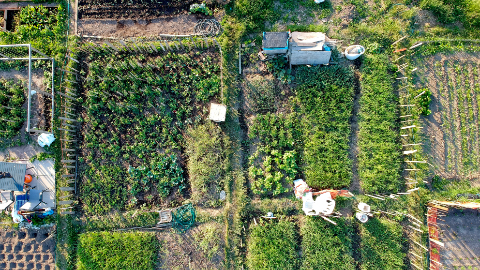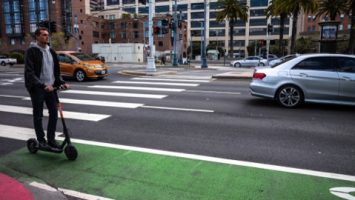
The Resource Centers on Urban Agriculture and Food Security (RUAF) Global Partnership has published a reference resource, “a menu of actions to shape urban food environments for improved nutrition,” that is available for free download from the GAIN website. The resource was developed in cooperation with the Global Alliance for Improved Nutrition (GAIN) and the Milan Urban Food Policy Pact (MUFPP).
It provides a menu of actions with over 70 examples of policies and programs that city governments around the world have implemented to improve food security and nutrition by making healthy and nutritious food more accessible, desirable, and affordable. It is intended to inspire and encourage other cities to initiate actions of their own, to adopt those that best address the nutrition-related challenges they face, and/or to adapt them to their needs.
The paper examines a number of facets of urban nutrition:
- the kinds of foods available;
- food transportation;
- the problems associated with long, complex food chains; and,
- the high levels of food inequality in urban areas.
International studies have shown that the need for urban food security is becoming more and more critical due to the demographic shift from rural to urban areas. The growing dominance of urban lifestyles and corresponding dietary changes are linked to increases in obesity, while, at the same time, the proportion of undernourished children living in urban areas in low and middle income countries is increasing. 200 cities around the world have signed the Milan Urban Food Policy Pact (MUFPP) and its Framework for Action4 , which acknowledges that “hunger and malnutrition in its various forms exist within all cities, posing great burdens on individual health and well-being and thus generating major social and economic costs at household, community, municipality and national levels”.


